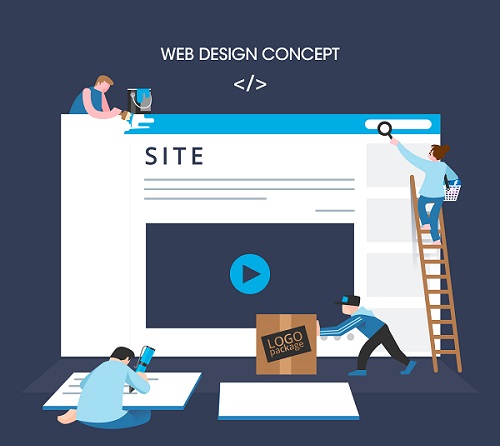
| Feature | Description |
| Content update method | Real-time via database |
| CMS integration | Standard (WordPress, Joomla, Drupal) |
| Personalization | Limited to moderate |
| Development time | Moderate (2–4 weeks typically) |
| Scalability | Moderate |
| Feature | Description |
| Content update method | Real-time with predictive personalization |
| CMS integration | Headless (e.g., Strapi, Sanity) |
| Personalization | High—user-based layout and content reshaping |
| Development time | Lengthy (6–12 weeks or more) |
| Scalability | High (designed for heavy traffic and evolving UX) |
| Feature | Description |
| Content update method | Custom admin dashboards or proprietary CMS |
| CMS integration | Fully proprietary or none |
| Personalization | Extremely advanced (changes per session, device, or user segment) |
| Development time | Extended (3–6 months minimum) |
| Scalability | Exceptionally high |
| Feature | Dynamic | Ultra-Dynamic | Ultra-Custom |
| Personalization Level | Basic to Moderate | Advanced | Exceptionally high |
| Development Timeline | 2–4 weeks | 6–12 weeks | 3–6 months or more |
| Design Flexibility | Template-based | Semi-custom via frameworks | 100% from scratch |
| CMS Dependency | Standard CMS | Headless CMS | None or proprietary |
| Scalability | Moderate | High | Extreme |
| Ideal Use Cases | Blogs, portfolios | SaaS, media, dashboards | Enterprises, fintech, ed-tech |